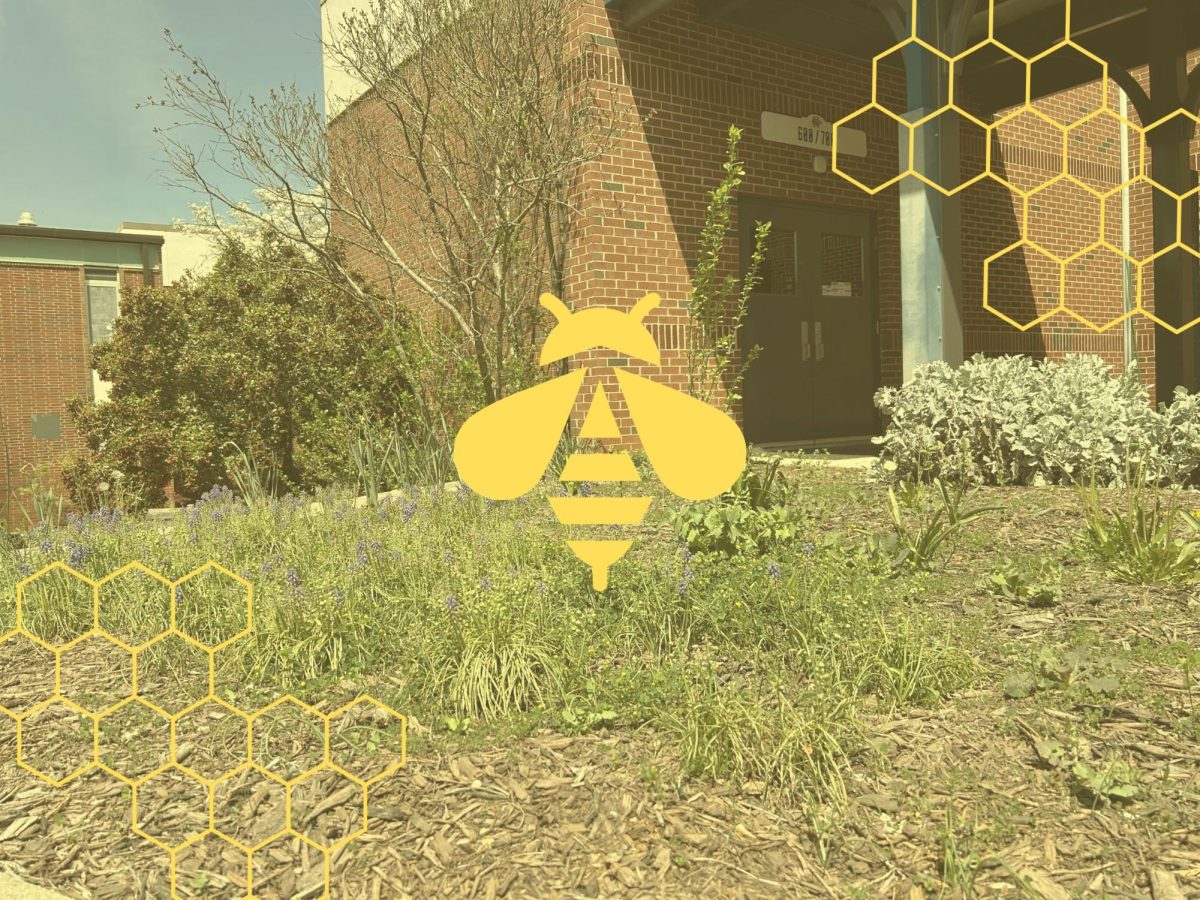Saturday, March 29, the state of Georgia reached its highest pollen count recorded in around 35 years. Atlanta Allergy & Asthma recorded the pollen count at a staggering number of 14,801, blowing the measured typical high count — usually above 1,000 — out of the water. Throughout the Peach State, various types of trees and weeds have produced increasing levels of pollen, causing severe and widespread allergic reactions for Georgians.
As citizens walk the yellow-coated streets of their hometowns, a plethora wonder as to why such an absurd amount of pollen resides. Usually averaging lower temperatures, February 2025 in Georgia surprisingly generated higher temperatures, reaching the 70s and 80s. This oddity caused flora to bloom earlier than expected and, as these warm and dry temperatures continued throughout March, the flowering and pollen production escalated. As Georgia citizens loathed the clouds of yellow each time they left their house, numerous experienced seasonal allergy symptoms, including a runny nose, sneezing and congestion.
“Personally, I’m not allergic, but it [the pollen] has been getting in my car, my phone case, the back of my shoes, my dog’s paws. When it rained, you could actually see the pollen in the rainwater on the road. I know that it’s needed, but I think it came a little too much too soon,” magnet junior Suhana Gupta said.
A pollen count, recognized as the number of pollen grains per cubic meter of air over 24 hours, stands as the key to discovering the root of the irritating allergen, as well as how to prevent the effects. Specifically, Oak, Pine, Sweet Gum, Birch and Sycamore trees contribute to this peak in the pollen-producing season, especially transferred via wind or animals — such as the championed pollinators, bees. This pollen sticks on surfaces, coating them in the dusty yellow haze.
Following the record count on March 29, the pollen count stood at a count of 11,159 on Sunday, March 30. These startling high numbers intensely outweigh the last high count of 9,369 recorded in March 2012. However, as Sunday and Monday approached, sporadic rain and slight thunderstorms moved in, thankfully washing away amounts of pollen. While this helps prevent the spread of the airy, light allergen, the rain’s effect on the movement of pollen causes it to become heavier and stick to surfaces. This results in increased exposure as well as a risk of mites and mold from humidity.
“It’s very annoying to work with because I work outside. We wear face masks to help with pollen and other particulate matter. It’s been on the wood and on the ground and it kind of just sticks everywhere. It hasn’t been affecting my allergies too much, but I know it has been getting other people,” senior Ethan Raley said.
As Georgia temperatures fluctuate, educated individuals tend to stock up on allergy-relieving products, including nasal sprays and antihistamines. Implementing pollen-preventative measures in one’s household, such as shutting windows and doors as well as wiping off shoes and clothes upon entrance, can also hinder or diminish symptoms of the allergies. With an expected rise in temperatures upon reaching the months of April and May, Georgians wish for the pollen to calm down and wash away with the rain before grass pollen takes its toll in the summer months.
















